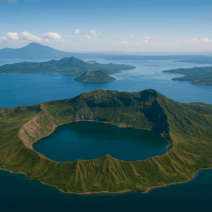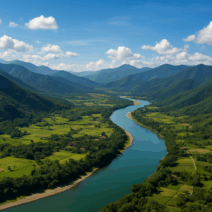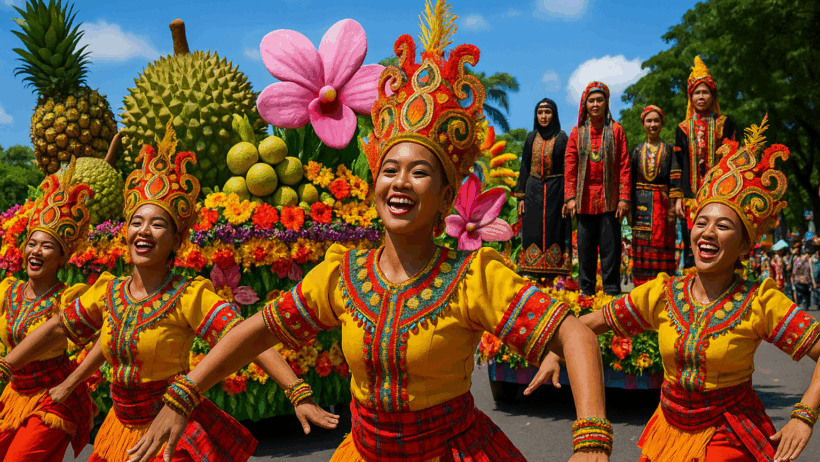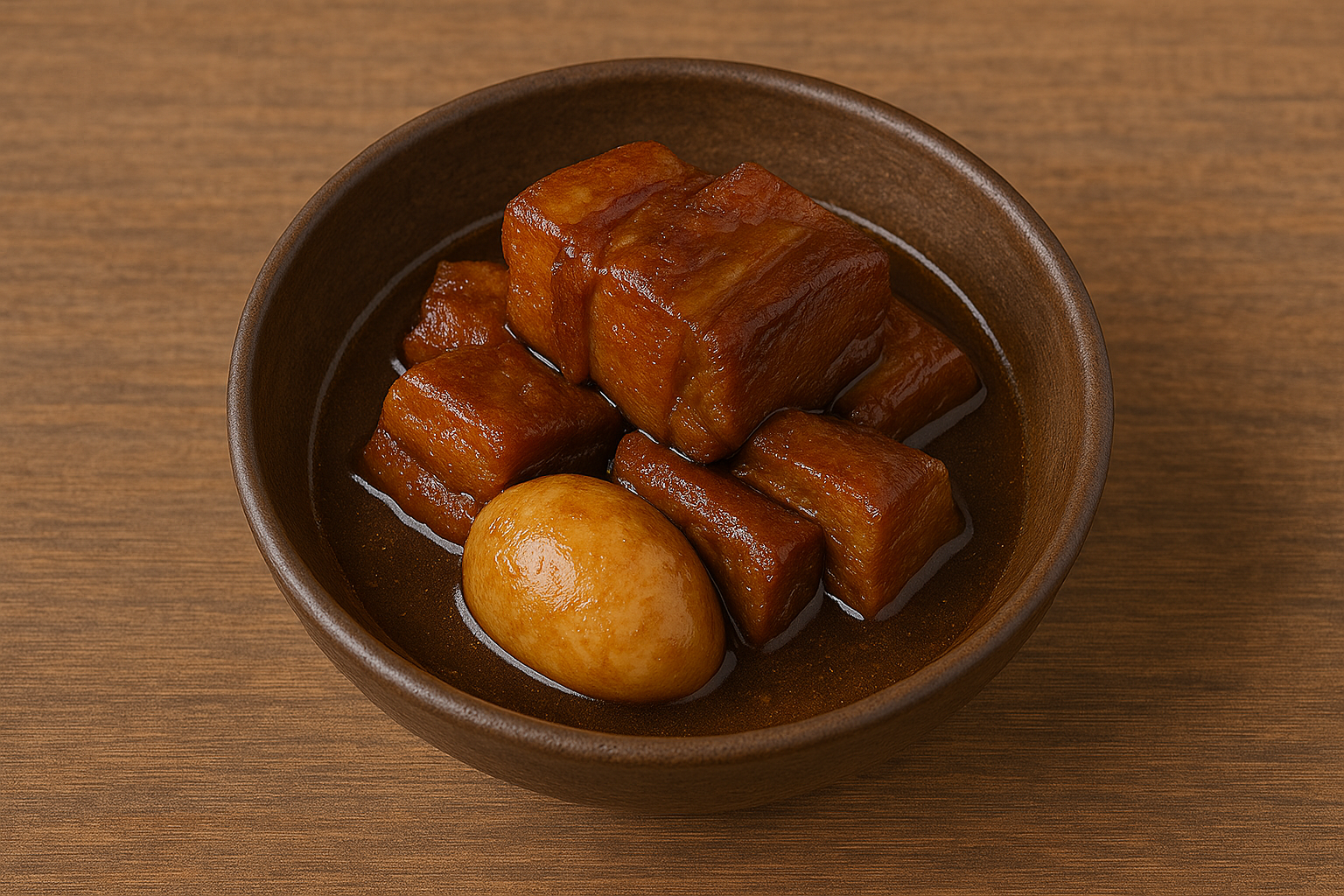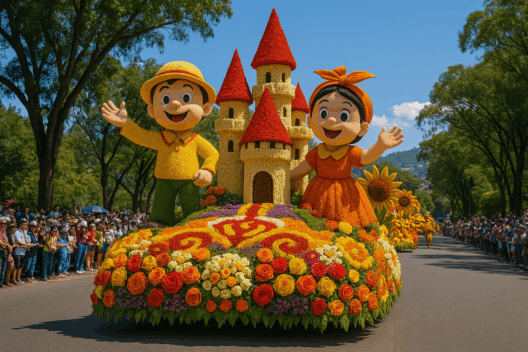QUICK SUMMARY
A vibrant festival honoring Davao’s indigenous heritage, bountiful harvest, and rich cultural traditions through street dances, floral floats, and community celebrations.
Every August, Davao City transforms into a spectacular display of colors, culture, and gratitude during the Kadayawan Festival. Known as one of the most iconic celebrations in the Philippines, the festival honors the city’s diverse indigenous groups, its fertile lands, and the abundance of fruits, flowers, and natural resources that define the region. Kadayawan is more than a tourist event. It is a celebration of life, a thanksgiving tradition, and a cultural tapestry woven from Davao’s past and present.
The festival’s name comes from the Mandaya word madayaw, meaning something precious, beautiful, or valuable. True to its name, Kadayawan showcases the best of Davao: its people, its culture, and its generous harvest.
A Festival Rooted in Indigenous Traditions
At its core, Kadayawan is a tribute to Davao’s 11 ethnolinguistic groups collectively known as the Kadayawan Tribes. These include the Bagobo-Tagabawa, Ata, Matigsalug, Ovu-Manuvo, Klata, Tausug, Maguindanao, Kagan, Maranao, Sama, and Iranun communities.
Long before the festival took its modern form, these groups held rituals to honor Manama (the Great Creator) and express gratitude for bountiful crops, calm seas, and harmonious relationships. Kadayawan preserves these ancient traditions and brings them forward into a contemporary celebration.
Indak-Indak Sa Kadalanan: The Festival’s Heartbeat
One of the festival’s most anticipated events is Indak-Indak sa Kadalanan, a street dancing showcase where performers reenact indigenous stories, farming rituals, and tribal myths through rhythmic movements. Dancers wear brightly colored costumes inspired by indigenous textiles, beadwork, and embroidery.
The streets of Davao come alive with synchronized choreography, booming drums, and joyful energy. Each performance reflects deep respect for ancestral traditions, and visitors often describe Indak-Indak as the festival’s soul.
The Spectacle of Floral Floats
Another major highlight is the Floral Float Parade, where enormous floats are covered with Davao’s signature fruits, flowers, vegetables, and ornamental plants. Durian, pomelo, mangosteen, pineapples, and orchids are arranged in artistic patterns. Sometimes the floats depict tribal imagery, legendary creatures, or symbols of Davao’s progress.
These floats require days of meticulous work. The parade becomes a moving garden that celebrates the city’s agricultural wealth, reflecting Davao’s title as a land of abundance.
A Showcase of Davao’s Best Flavors
Kadayawan is a feast in every sense. Food stalls and night markets burst with the region’s iconic harvest—durian, lanzones, mangosteen, marang, and pomelo at their sweetest peak. Travelers can also enjoy Mindanaoan specialties like:
- Kinilaw
- Chicken piaparan
- Pastil
- Grilled tuna panga
- Satti
These dishes highlight the diversity of Mindanao’s culinary identity, shaped by both indigenous and Moro influences.
Exhibits, Concerts, and Cultural Shows
Throughout the festival, Davao hosts numerous events that reflect the city’s creative spirit.
Art and Cultural Exhibits
Local artists and artisans display woven textiles, beadwork, tribal ornaments, and traditional crafts. These exhibits preserve cultural knowledge while supporting indigenous livelihoods.
Concerts and Night Parties
Open-air stages come alive with performances from local musicians and dancers. These nightly events draw both locals and tourists for a lively celebration after the day’s activities.
Trade Fairs
Trade fairs highlight local products—from chocolates and fruits to handicrafts and wellness items—giving visitors a taste of Davao’s creativity and enterprise.
The Role of the Kadayawan Tribes Village
Located within the city during the festival, the Kadayawan Tribes Village is a cultural showcase where visitors can walk through reconstructed tribal homes, observe rituals, listen to elders’ stories, and learn about traditional clothing, music, and food.
This space reinforces the festival’s deeper purpose: preserving the identity, traditions, and stories of Davao’s indigenous peoples.
When to Experience Kadayawan
Kadayawan typically takes place throughout the month of August, with major events concentrated over two weeks. This is also peak harvest season, when fruits are at their best and the city enjoys sunny weather perfect for outdoor celebrations.
Visitors planning to attend should book accommodations early, as hotels fill up months in advance.
Why Kadayawan Is Worth Visiting
Kadayawan is more than a colorful festival. It is a rare opportunity to witness a celebration that blends indigenous heritage, agricultural abundance, and modern Filipino creativity. It is a festival that teaches gratitude: gratitude for nature, for culture, for community, and for the diversity that defines Davao City.
For travelers seeking authentic cultural experiences, there is no festival quite like Kadayawan. Its performances, traditions, flavors, and energy create memories that stay long after the festivities end.
